These are the absolutely worst military small arms of the modern era
- By Travis Pike
Share This Article
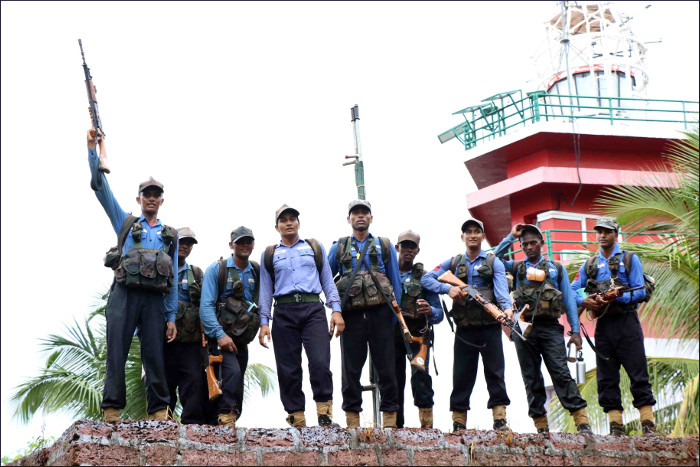
Small arms design is a curious thing. Sometimes, leaps and bounds are made that completely change the mindset of designers – things like smokeless powder, semi-auto, and polymer and aluminum designs. But that’s not always the case. Sometimes guns suck, and today we are going to look at the worst military small arms from World War I until today.
There have been plenty of terrible guns, but most of them don’t get far from the prototype stage. The guns listed below weren’t just produced but mass-produced, fielded, and even saw combat. How they got onto the battlefield is beyond me.
Nambu Type 11

As a machine gunner, I will pick on the Nambu Type 11 as one of the worst small arms at any opportunity. Meet me at a party and ask me what I think is the world’s worst machine gun, and you’ll be forced to listen to me drone about this thing. The Nambu Type 11 was a Japanese light machine gun that served from the early 20s to the end of WWII. At the time, machine guns were separated into three camps: big heavy belt-fed guns like the M1919; the brilliant MG-42; and machine rifles. The Type 11 is more or less a machine rifle.
The Type 11 was intended to be used with a bipod by an infantry squad and didn’t need a big crew to operate. It was the first light machine gun mass-produced by the Japanese, and you can tell. The gun was designed to fire the same 6.5mm round round as the Type 38 Infantry rifle. However, to do so, its firing rate had to be lowered, and firing the standard rounds produced too much muzzle flash.
Second, the gun had issues extracting, requiring an internal oil pump that oiled each round. Oil attracts dust, dirt, and everything else, which meant the gun didn’t run when the ammo got dirty. And it gets worse…
The Nambu Type 11 could have been belt-fed or magazine-fed, but ultimately, it was hopper-fed. The hopper was loaded with six five-round stripper clips for a total of 30 rounds. This made reloading a nightmare while on the move, and an infantry light machine gun is often on the move.
It was downright a silly concept that was awkward, unbalanced, and unsuccessful.
The Ross Rifle

Canada is part of the Commonwealth and the Commonwealth countries typically fielded the same weapons. However, during the Second Boer War, there was a diplomatic argument between the U.K. and Canada. The U.K. wouldn’t license the Canadians the new Lee-Enfield rifle, so Sir Charles Ross came along. He offered Canada his bolt-action rifle and to finance the construction of the factory that would build them.
The Ross Rifle became the rifle of the Canadian military in 1903. It had some neat ideas for a military rifle: It fired the standard .303 cartridge and used a straight-pull bolt action design. The rifle was also quite accurate and served as a sniper rifle well after it was put out of service. However, it had some major issues.
The Ross Rifle was very unreliable, especially when it got dirty. Do you know what was dirty? The trenches of World War I in which Canadian troops would soon be fighting. Further, it was also ammo-picky and didn’t work well with British ammo. Yet, the real problem came from the fact that it could be put back together wrong, and when fired, propel the bolt out and injure or, in rare instances, even kill the user.
The Ross Rifle kicked the bucket in 1915, and the Canadians adopted the Pattern 1914 Enfield.
Related: ‘Stop That Tank!’ This is how Disney contributed to World War II
Chauchat
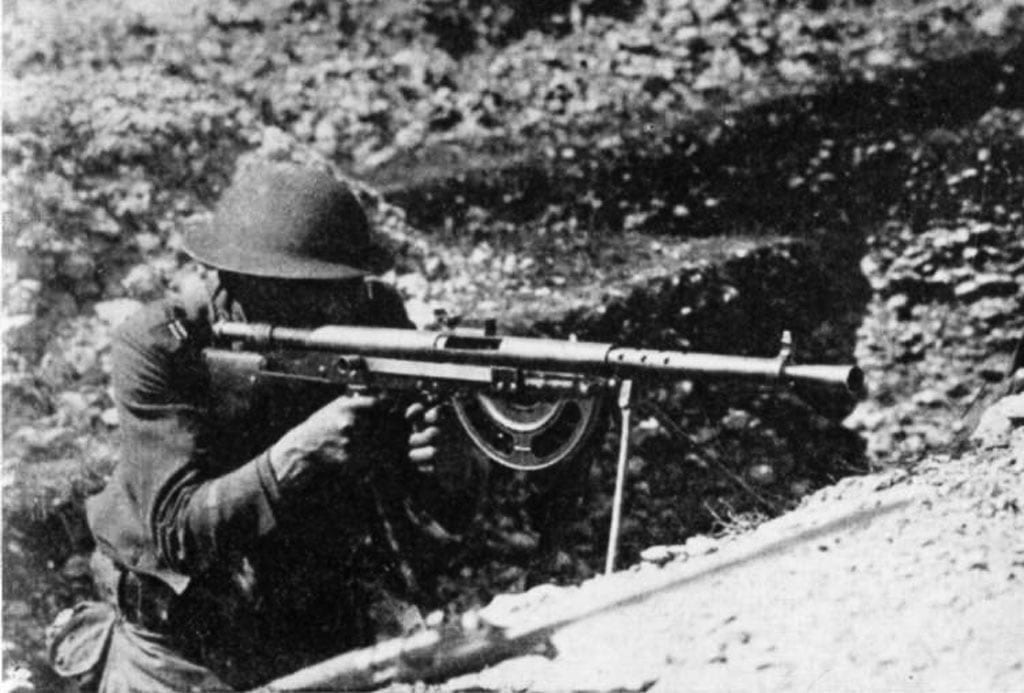
The Chauchat, also known as the Fusil Mitrailleur Modele 1915 CSRG, is a French-designed machine rifle that served mainly the French and American militaries during WWI but also a surprising number of other forces. It was a 20-pound full-auto weapon that fired from a 20-round magazine. It featured an inline stock for excellent recoil reduction and a pair of pistol grips to make it easy for a single user to wield it.
Yet, problems arose early on. The French had designed the weapon to be cheap and easy to manufacture; this created issues that weren’t present in testing. Since it used a long-recoil operation system, its barrel had to move back and forth. So, if you shot the gun too much, the barrel could lock up and stop firing. This is pretty bad for a gun meant for sustained fire.
Another big problem was the magazines which were cheap and poorly made. They also had a huge cut-out window on their side, which attracted dirt and debris and caused failures. The magazines were rarely loaded to capacity, so the gunner often only had 16 to 18 rounds. When the French built the guns for Americans, they rechambered them to .30-06, and that caused even more problems.
The gun served the entirety of the Great War, and three American Chauchat gunners earned the Medal of Honor.
The INSAS rifle
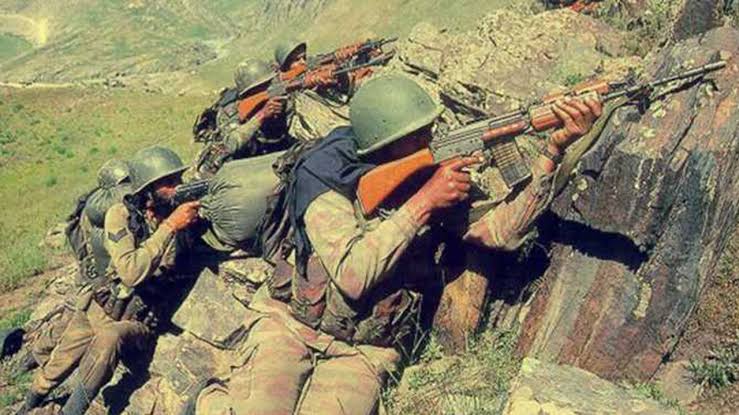
The Indian Small Arms System is a series of weapons built for the Indian military. The goal was to produce rifles and light machine guns for infantry use. The series served from 1980 to 1997 and did not have a remarkable service life. The rifle, in particular, failed quite hard, and the Indian Army has since moved to the AK-203 series of rifles.
The INSAS rifle was largely based on the AK series of rifles. It used a long-stroke gas-piston system and a rotating bolt. The gun chambered the 5.56 NATO cartridge and used proprietary magazines. The INSAS series first saw combat in 1999, and immediately flaws occurred: The magazines would crack and break; the gun would fire fall auto when set to three-round burst; and its reliability was remarkably poor.
Later reports showed poor breech block tempering, heat treatments, cracked breech blocks, and barrel extensions. Soldiers also reported broken charging handles, overheating, and poor accuracy.
Related: The INSAS – Is this the worst assault rifle ever made?
SA80 series
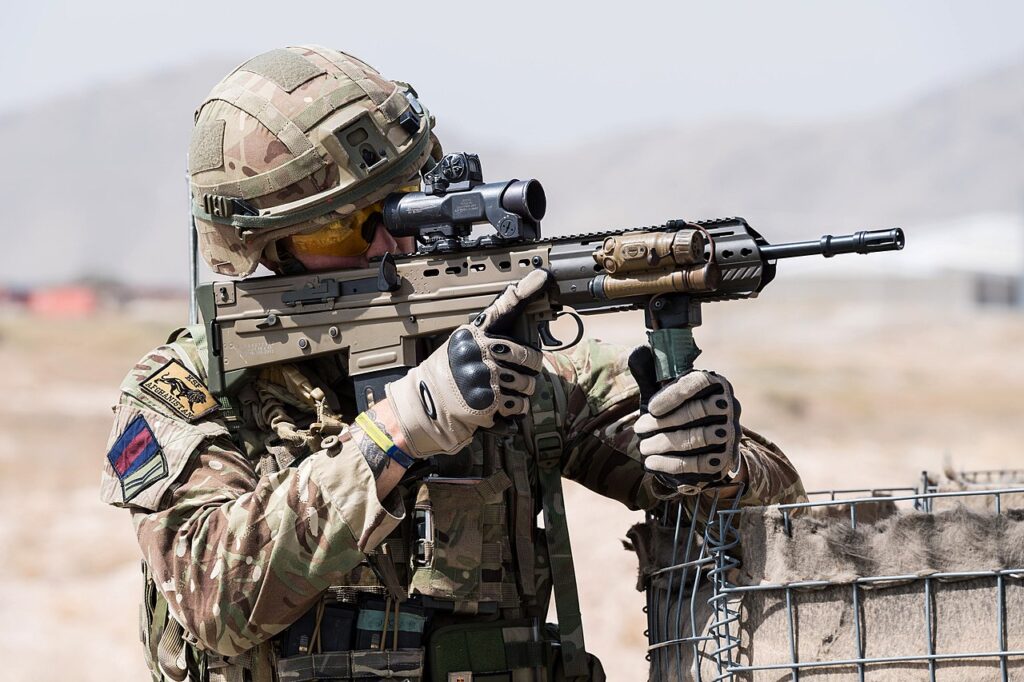
The British SA80 series of small arms gets the bottom slot because, at least, its problems were mostly fixed in its third generation. The SA80 series gave the British the bullpup they wanted after years of trying after WWII. The SA80 family of rifles mainly consists of the L85 rifle and L86 Light Support Weapon (LSW).
Shortly after the series’s adoption in 1986, the problems arose. The plastic furniture of the LSW’s bipod would melt when exposed to bug repellant, and its metal parts would rust quickly. Both the rifle and the LSW were very unreliable when exposed to austere conditions. The magazine release was easy to hit accidentally; the furniture would fall apart; and the top cover would pop off for seemingly no reason. Also, the magazines were extremely sensitive and could only be loaded to 26 to 28 rounds.
The list of problems goes on and on. Even small parts you wouldn’t think of had problems. For example, the safety plunger would swell when wet and prevent you from switching from “safe” to “fire.” I really don’t have time to list all the problems with the series. Eventually, the German firm HK fixed the rifle in the A3 upgrade program.
Feature Image: Participants in the Indian Naval Academy’s training camps holding INSAS rifles, April 2017. (Indian Navy)
Read more from Sandboxx News
- That time I ran into my drill instructor – on my first date with my wife
- A primer on Air Force special operations jobs for officers
- How the Korean War gave birth to the CIA’s first paramilitary unit
- This is why the Colt M1903 was the pistol of choice of the OSS
- Russia can’t conduct maneuver warfare – and this is costing it a lot
Related Posts
Sandboxx News Merch
-

‘AirPower’ Classic Hoodie
$46.00 – $48.00Price range: $46.00 through $48.00 Select options This product has multiple variants. The options may be chosen on the product page -

‘Kinetic Diplomacy’ Bumper Sticker (Black)
$8.00 Add to cart -

‘Sandboxx News’ Trucker Cap
$27.00 Select options This product has multiple variants. The options may be chosen on the product page

Travis Pike
Travis Pike is a former Marine Machine gunner who served with 2nd Bn 2nd Marines for 5 years. He deployed in 2009 to Afghanistan and again in 2011 with the 22nd MEU(SOC) during a record-setting 11 months at sea. He’s trained with the Romanian Army, the Spanish Marines, the Emirate Marines, and the Afghan National Army. He serves as an NRA certified pistol instructor and teaches concealed carry classes.
Related to: Gear & Tech

What movies and videogames get wrong about weapons and military tech
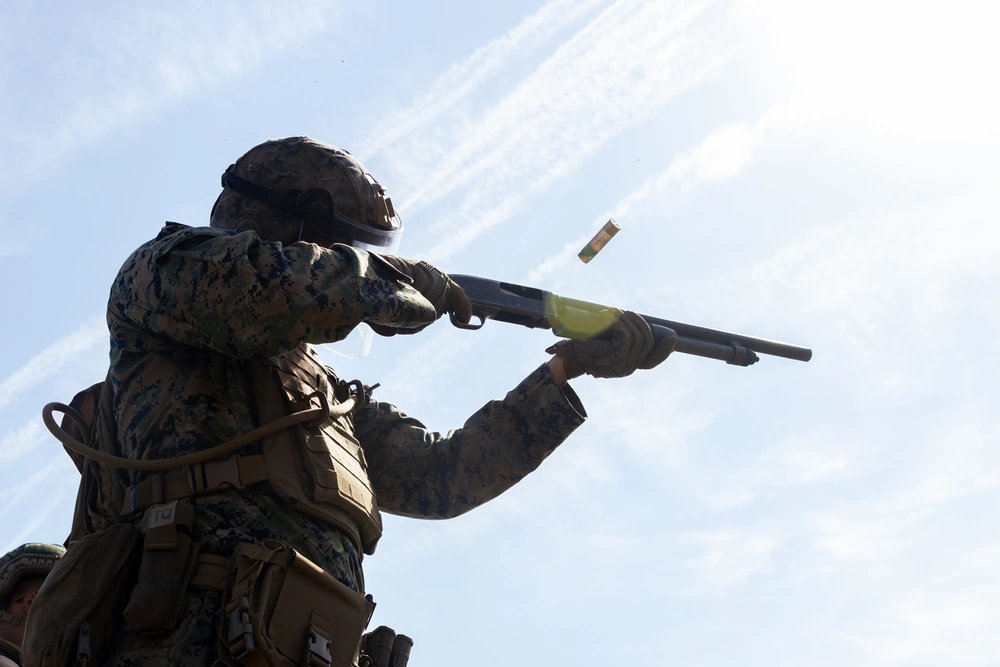
Shotguns excel at many scenarios and can offer a lot to the American military
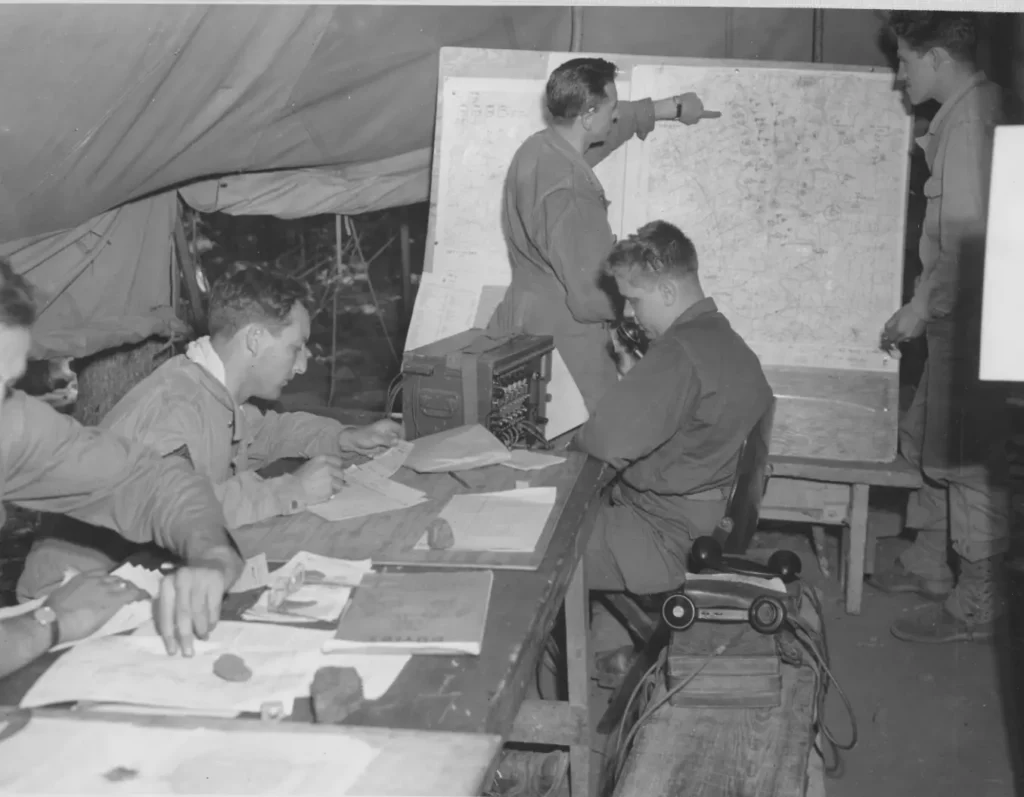
The unsung heroes of World War II: The Ritchie Boys
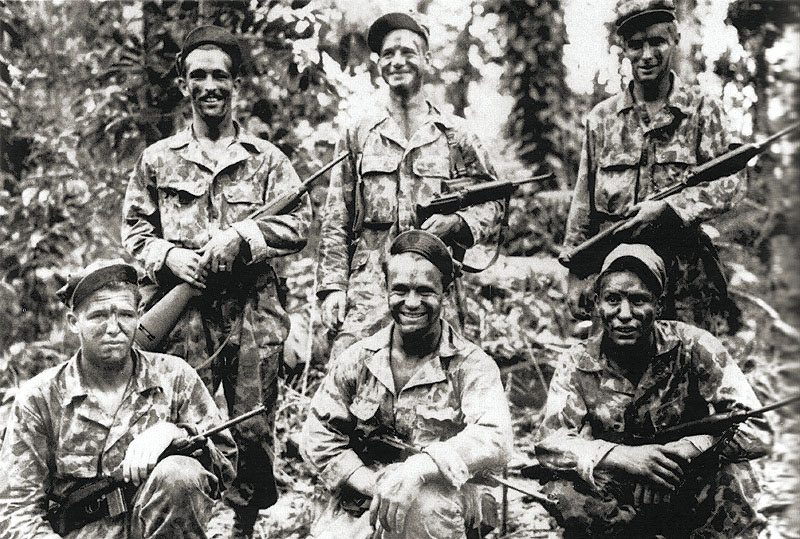
The Alamo Scouts were a forgotten precursor of the Green Berets
Sandboxx News
-

‘Sandboxx News’ Trucker Cap
$27.00 Select options This product has multiple variants. The options may be chosen on the product page -

‘AirPower’ Classic Hoodie
$46.00 – $48.00Price range: $46.00 through $48.00 Select options This product has multiple variants. The options may be chosen on the product page -

‘AirPower’ Golf Rope Hat
$31.00 Select options This product has multiple variants. The options may be chosen on the product page -

‘Sandboxx News’ Dad Hat
$27.00 Select options This product has multiple variants. The options may be chosen on the product page
